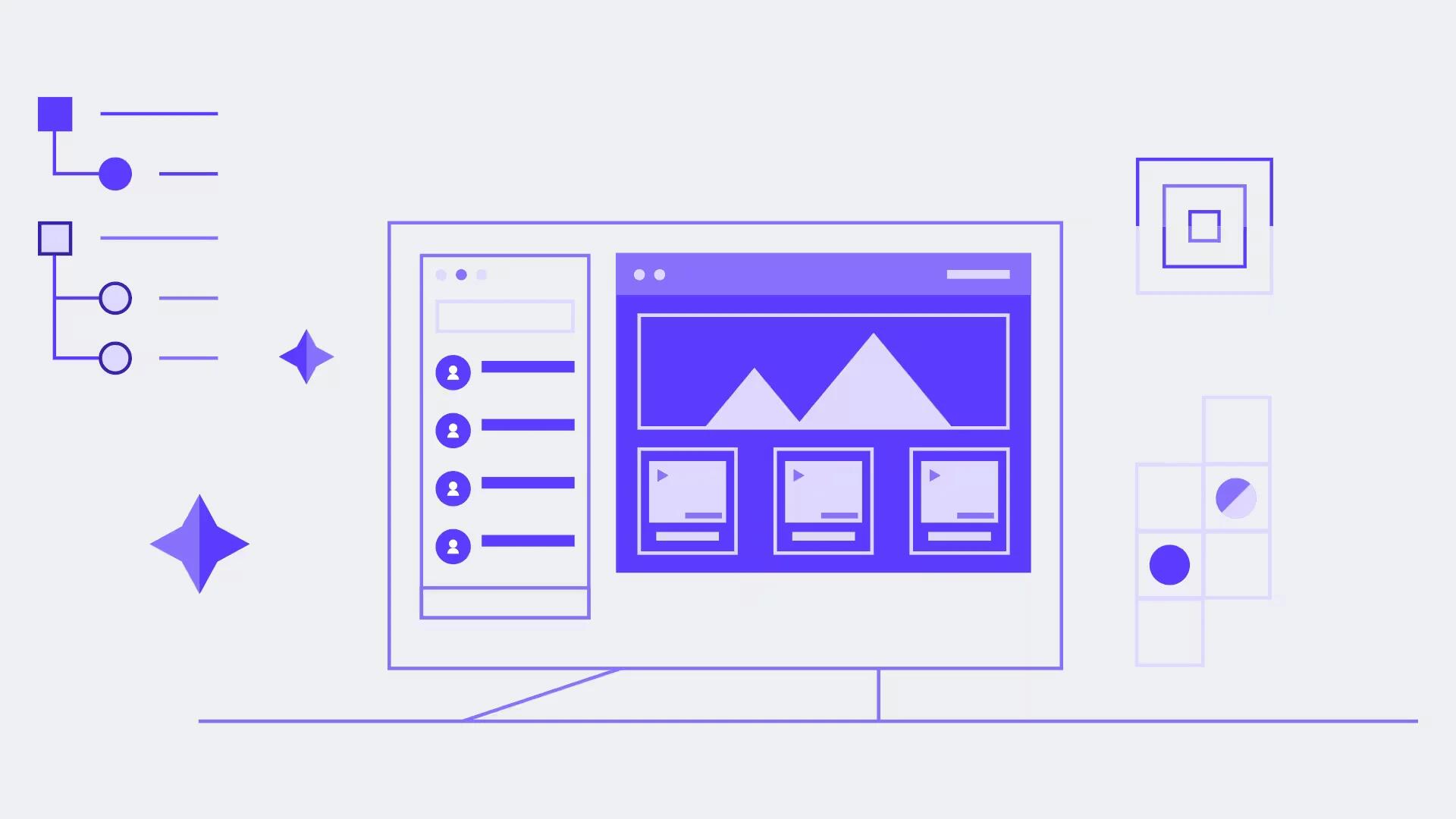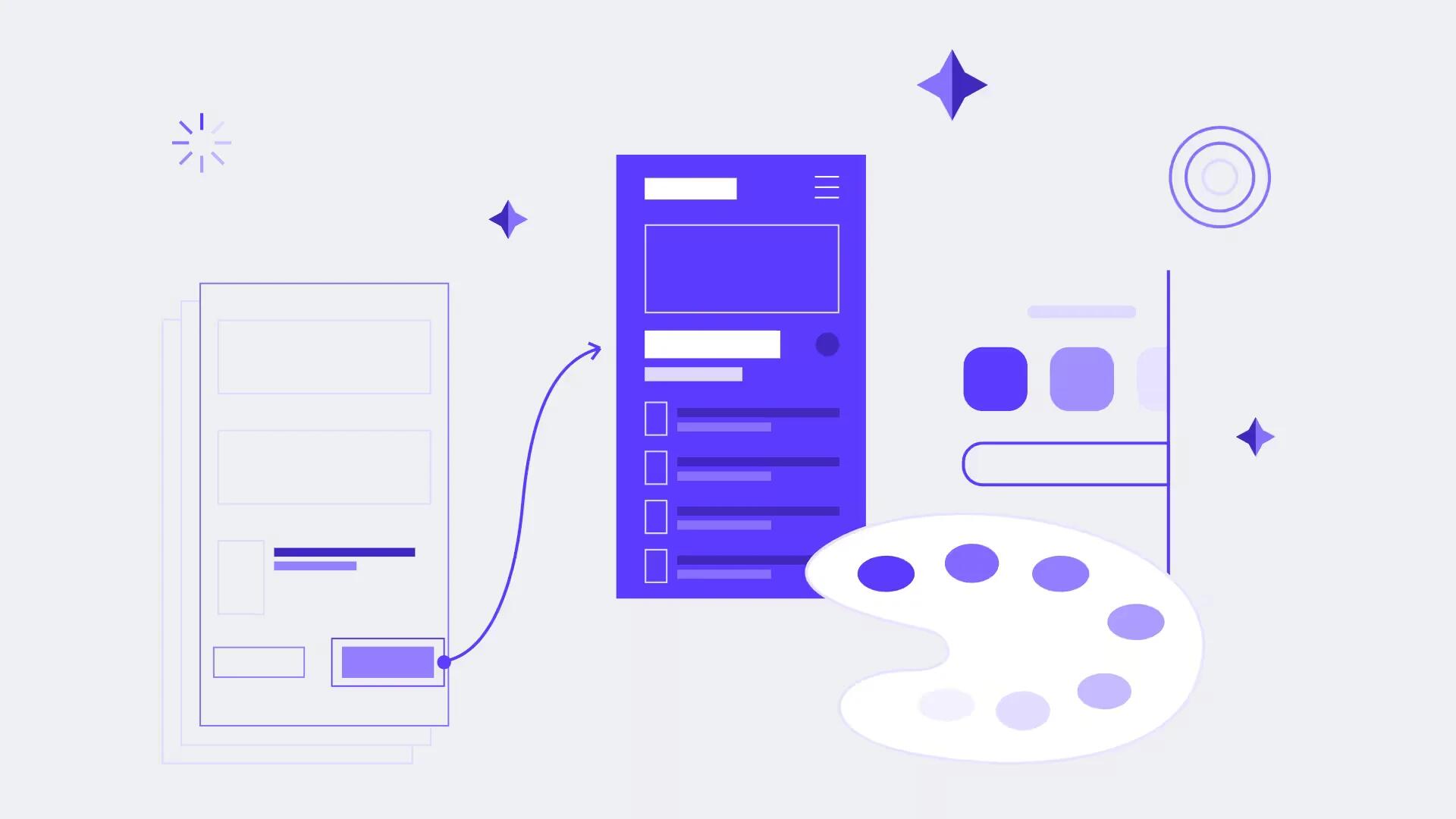In the current technological era, businesses are continuously searching for solutions to satisfy the needs of the rising number of internet users who access it through mobile devices. A solution known as Progressive Web Apps (PWA) has been developed by software professionals. These innovative apps offer a seamless user experience on a range of devices by fusing the finest elements of native and web-based apps. PWAs give companies the ability to build very responsive, aesthetically pleasing apps that load rapidly, boosting user satisfaction.
In this article, we will explore the concept of PWA, its advantages and disadvantages, and PWA development services. We will also delve into the duration and cost of such development.
The Concept of PWA
A progressive web application (PWA) is an online application that makes use of contemporary web technologies to provide a fluid and enjoyable user experience across all platforms, including computers, smartphones, and tablets.
PWAs can be accessed via a web browser, much like regular websites. They do, however, provide many of the same capabilities and features as native mobile apps, such as push notifications, offline mode, and a UI that resembles an app. PWAs can also be set up on a device’s home screen, giving consumers quick and simple access to the application.
PWAs’ major goal is to combine the benefits of regular websites and native mobile apps to create a hybrid product that provides the best of both worlds.
Advantages and Disadvantages of PWA Development
Offering a unified user experience across all platforms is a key advantage of PWA development. Because PWAs are made to work on any device with an up-to-date web browser, users can access the same content and features on any device. PWAs also load more quickly than conventional web applications, which may increase user retention and engagement.
PWAs can be downloaded and installed on the user’s device, facilitating access to the program while enhancing its discoverability and accessibility. Additionally, push notifications can be distributed through PWAs, giving companies a way to stay in touch with their customers and increase engagement.
PWA development does, however, have significant disadvantages. PWAs can offer less functionality, like access to the camera and complex gestures, than native mobile applications because they do not have the same level of access to the hardware and operating system. Additionally, not all web browsers support PWAs, which can limit their accessibility.
Why it is Worth Considering for Your Project
PWA development is an appealing choice for companies looking to develop web applications due to its many advantages. Among the reasons for using PWA for your project are the following:
Cross-Platform Compatibility: PWAs are an excellent option for organizations looking to reach a broad audience because they are available on all platforms and devices.
Fast Loading Times: PWAs load more quickly than conventional websites, enhancing user experience and reducing bounce rates.
Offline Mode: PWAs allow users to enjoy the application’s core features and functions even without an internet connection because they can function offline.
App-Like Experience: PWAs include features like push notifications and the capacity to install on a device’s home screen, providing an experience similar to that of a native app.
Cost-Effective: Due to the use of well-known web technologies and the reduced maintenance requirements, PWA development is more affordable than native app development.
When companies choose PWA development, they can build a web application that is inexpensive, appealing, and user-friendly, satisfying the needs and expectations of their intended customer base.
The Process of PWA Development

The process of developing a PWA involves several stages, including:
Planning and Strategy: This comprises defining the project’s goals and requirements, identifying the target market, and establishing the PWA’s features and functions.
Design and Prototyping: To conceptualize the PWA’s user interface and user experience, this phase focuses on creating wireframes and prototypes. It is essential to ensure the design is responsive across all screen sizes and platforms.
Development: During this phase, web technologies like HTML, CSS, and JavaScript are used to develop the PWA. It is essential to follow recommended procedures for improving accessibility and performance.
Testing: The PWA is thoroughly tested at this step to look for faults, failures, and user experience problems. To ensure compatibility and responsiveness, the PWA must be tested across a range of platforms and browsers.
Deployment and Maintenance: The main goal of this stage is to deploy the PWA to a server and make it accessible to users. It is crucial to update and maintain the PWA on a constant basis to guarantee top performance and a positive user experience.
The Duration of PWA Development and its Stages
The duration of development depends on several factors, such as project scope, complexity, and team experience. However, the average time it takes to develop a PWA can range from 3 to 6 months.
Here are the stages of PWA development:
- Planning and Discovery: 1 – 2 weeks
- Design: 2 – 3 weeks
- Development: 8 – 12 weeks
- Testing: 2 – 3 weeks
- Deployment: 1 – 2 weeks
It is important to note that these timelines can vary depending on the project’s size and requirements. Additionally, it is crucial to work with an experienced team that can provide accurate estimates and deliver the project on time while meeting the project goals and requirements.
The Cost of PWA Development
The complexity of the project, the level of team experience, and the location all affect the price of PWA development. The typical price might range from $6,000 to $50,000 depending on the project’s requirements and scope. Because PWA development uses well-known web technologies and is simpler to maintain and update than native app development, it can be more affordable than the latter. To get a thorough cost estimate, it is essential to collaborate with an experienced team. Businesses can use this strategy to guarantee that their project will be completed on time, according to budget, and in line with their specifications.
Conclusion
Businesses are pursuing strategies to ensure the design and usability of web applications that are highly responsive, visually appealing, and adaptable to a variety of devices. The creation of PWAs, which integrate the advantages of online and native apps to provide a seamless user experience, quicker loading times, and more engagement, is one way to accomplish this. PWA development is still a popular option for companies trying to design engaging applications that satisfy their needs, despite its drawbacks. Companies may create excellent apps that have a lasting impact on their consumers by adhering to the PWA development process and working with competent teams.
